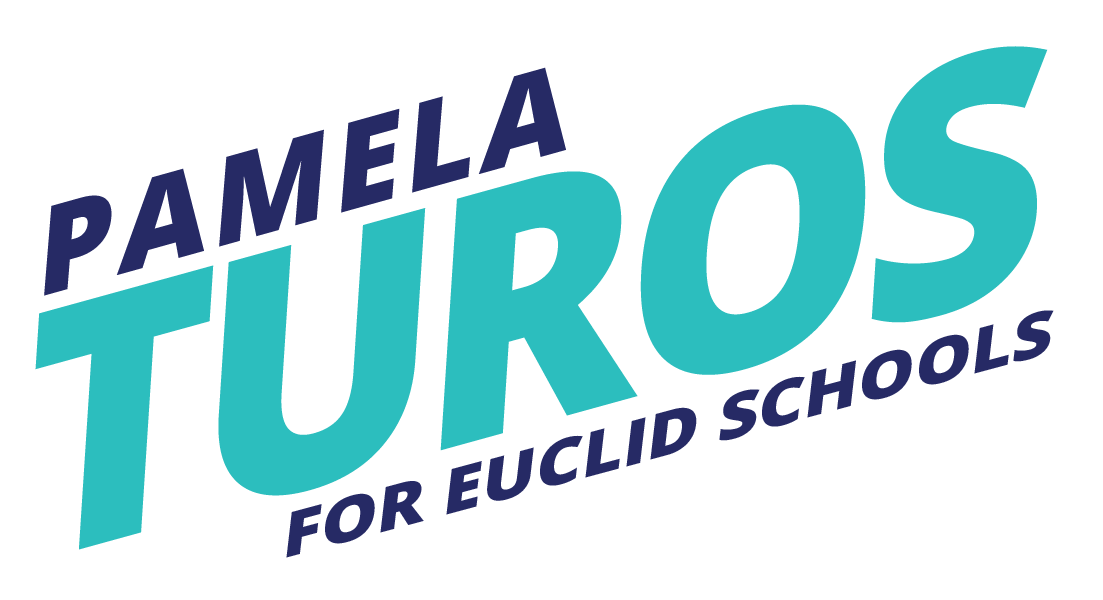My First 3 Months on the Euclid Board of Education
Dear Neighbors,
April will be my fourth month as a Euclid City Schools board of education member. Since January, we have had 3 regular board meetings and 4 special meetings.
During each regular monthly meeting, we have a school leadership presentation. In January, it was Euclid Middle School, in February – Chardon Hills STEM, and in March – Arbor elementary. This has become one of my favorite parts of board meetings, when students, teachers, staff and families are there to celebrate all of the good programs and people in our schools. This also helps the board stay connected to the personal impact of our policy and budget decisions.
Below are a few other things that stood out to me from the past month:
Curriculum Improvements: Every Friday, the Department of Curriculum and Instruction shares an update with building and district leaders, providing critical information for teachers and principals. These updates provide a lot of great insight into the way curriculum improvements are being made and measured in Euclid schools. With funds made available due to COVID (American Rescue Plan ESSER funds) and the passage of our 2020 school levy, the district has been able to invest in high-quality curriculum that is already showing improvement in student learning and outcomes.
One thing I didn’t know before joining the school board is that one of the reasons underfunded school systems struggle is because of the quality of curriculum they can provide students. For example, there are three different levels of investment in elementary school reading curriculum; so even if two school districts purchase the same reading program for students the quality of the materials, the resources and support that each school gets may not be the same.
A school district that has more money will be able to purchase the “A – level” of the curriculum, which might include extra resources & support materials, lesson plans, consultant support, and teacher professional development, etc. At the same time, a district with less money might only be able to afford the “C package” and teachers get the bare bones version of the teaching materials, which means they have to create a lot of the support materials, lesson plans, etc. on their own.
URBAN SCHOOLS NETWORK: As the school board’s legislative liaison, I attended my first session of the networking group that Ohio School Board Association (OSBA) coordinates to promote collaboration and advocacy between school districts that serve urban or “inner-ring” schools. The group is doing a lot of advocacy to improve Ohio’s school report card ratings systems, to make the tools used to rate schools more equitable. This work hasn’t been supported by the state legislature in their updates to the report card model, so conversations will continue about how we can best advocate for a school rating that takes into consideration the issues (poverty, ethnic diversity, racial inequality) that affect outcomes for our students and schools.
PARENT/COMMUNITY SURVEYS: One of the most important ways we can make progress in our schools is by keeping in touch with the families we serve when decisions are being made. Some important decisions are currently being considered related to school start/end times for next year, school transportation and the installation of metal detectors in our middle and high school buildings. The district leadership team Chris Papouras, Superintendent & Pat Higley, Director of Operations) put together two surveys for community input. You can access those surveys by typing the links into a web browser.
Metal Detectors: bit.ly/metal-detectors-survey
Start Times + Transportation: bit.ly/transportation-start-times
